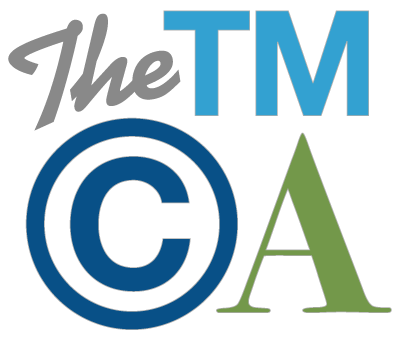Quirky Questions: Using the Registration symbol (®), the Trademark symbol (™) or Neither?

Maybe you’ve applied to register a trademark. Maybe you already own a registered trademark. Maybe you’re using your mark but haven’t yet applied to register it. Maybe you don’t even know what a trademark is and how it differs from a copyright. Either way, you’re wondering: when can I use the ® symbol, and when should I use the ™ symbol instead?
Background: The ® symbol vs. the TM Symbol
At its simplest, the ® symbol gives notice to others that a mark is registered with the U.S. Patent & Trademark Office (USPTO). You can begin using the ® symbol only after the USPTO issues a registration certificate for your mark. The ™ symbol, on the other hand, is an unofficial way of telling the world that you are using a word or design as a trademark. Remember, trademark rights stem from use, not registration, so using the ™ symbol even when a mark is not registered can be useful for putting others on notice that you are claiming enforceable trademark rights in a mark. Thus, any time a mark is used in a trademark sense to designate source—regardless of whether you’ve applied to register the mark—you can use the ™ symbol (tip: the ™ symbol should be used when designating a mark for products; the equivalent SM, which stands for “service mark,” can be used when designating a mark for services, although the public tends to be less familiar with that designation). While you can legally use the ™ symbol next to a registered trademark, the more exclusive ® symbol demonstrates that rights have been recognized by the USPTO and provides notice of the registration status, which is a prerequisite to obtaining certain legal remedies.
Now It Gets a Little More Complicated
It’s not always so simple. For instance, what if you have a registration on the supplemental register rather than the principal register (for those that don’t know, the supplemental register is where marks that do not presently meet the distinctiveness requirements of registration but are capable of functioning as trademarks in the future, e.g., descriptive marks, are registered)? In that case, we have good news: your supplemental registration still entitles you to use the ® symbol, exactly the same as if your mark were registered on the principal register. Okay, so maybe that one is not all that complicated.
Let’s try a different scenario: what happens if you have registered your mark abroad in countries that allow you to use the ® symbol, but it is not yet registered in the U.S.? The U.S. trademark statute only authorizes use of the ® symbol for marks registered in the USPTO, and improper use of the registration symbol can be considered fraud. While a mistaken or inadvertent use of the ® symbol in the U.S. without deceptive intent based on registration in a country that recognizes use of the ® symbol generally would not rise to the level of fraud, it is still prohibited under U.S. law, and so in the absence of a U.S. registration it’s best to steer clear of using the ® symbol within the U.S.
In the reverse situation, where you have a U.S. registration but will be distributing products or services abroad, use of the ® symbol should be assessed on a case-by-case basis. Certain countries will impose sanctions for indicating a mark is registered when, in fact, it is not registered in that country. Some countries recognize registration elsewhere as a defense to such a misrepresentation, but others do not. In some instances, it may be possible to use the “tm” symbol on packaging distributed in more than one country where the registration status differs. For example, it would be acceptable to use the “tm” on packaging distributed in the U.S. and Canada where the mark is registered in the U.S. but not yet registered in Canada. However, this is not always the case and needs to be determined on a country-by-country basis, so, as a general rule, it is safest to tailor your international strategy, e.g., by using different packaging in different countries, to avoid running afoul of a particular country’s trademark laws.
One More Caveat
It’s also worth noting that obtaining a trademark registration doesn’t give you license to use the ® symbol any time you use your trademark without a second thought. Rather, you can only use the ® symbol when using your registered mark in connection with the goods and services specified in your trademark registration. When the mark is being used to designate other goods/services not covered by your existing registrations, you’ll need to revert back to using the ™ symbol (or no symbol).
At the end of the day, use of the ® or the ™ symbols is essentially optional—it is not necessary to protect or enforce your trademarks, though it is helpful for providing notice to others of your trademark rights and preventing the loss of certain other rights (such as the right to profit recovery or damages in a trademark infringement suit). So as a general practice, it is better to use these symbols when you can—as long as you do so properly.
So there you have it. Now go forth and use…or don’t!
This post is part of a regular series called Quirky Questions: TMCA Edition. Our labor and employment colleagues have a great blog, Quirky Questions, where they answer unanticipated questions regarding the workforce. We liked the concept (and their blog) so much that we’ve started a series of quirky question posts here on The TMCA. We hope you enjoy the series — feel free to send in your suggestions for quirky questions about trademarks, copyrights and advertising.







